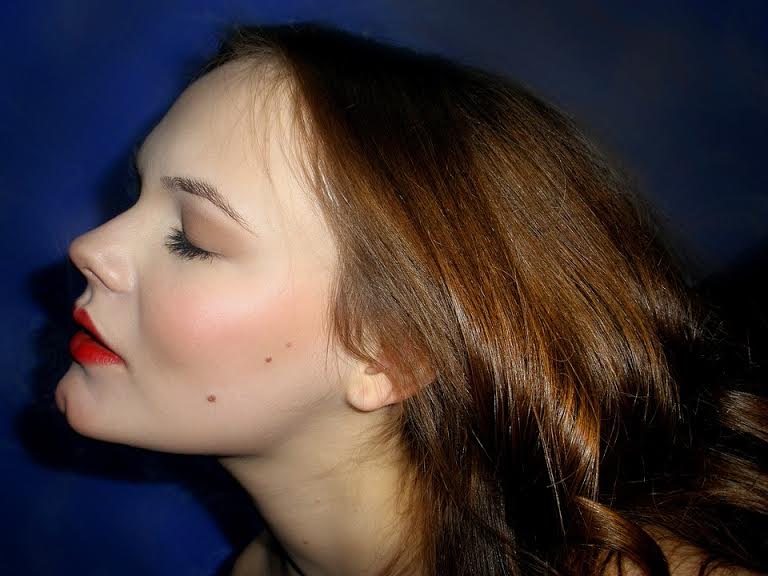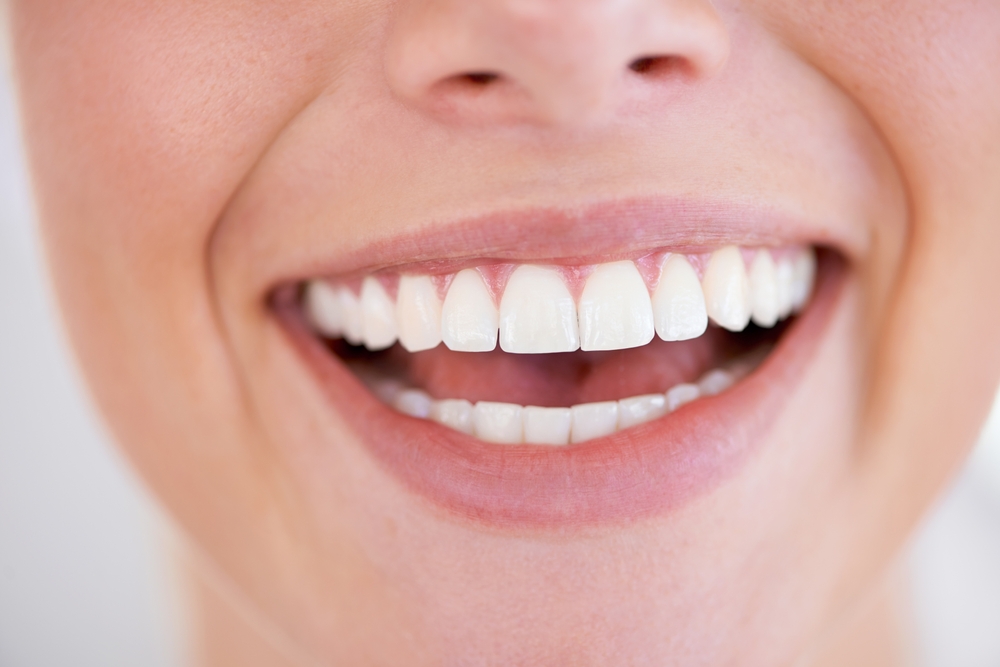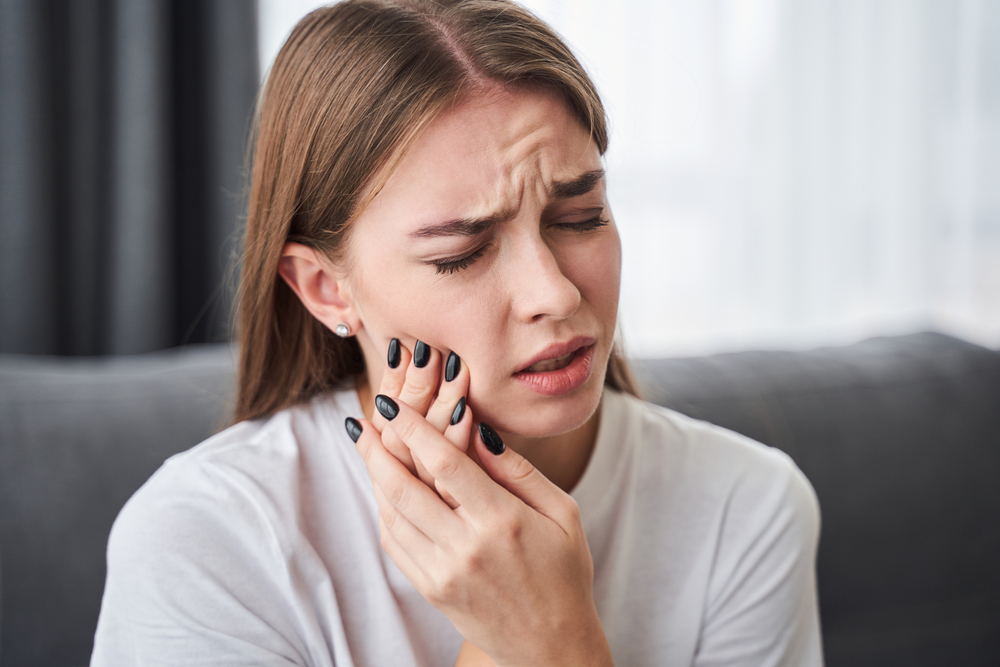According to the National Institute of Dental and Craniofacial Research, more than 10 million Americans suffer from the temporo-mandibular joint, or TMJ, disorder.
TMJ is located on both sides of the head at the point where the jawbone meets the skull. We use TMJ during talking, eating, swallowing, and other everyday activities.
Over time, the joint muscles can become fatigued and swollen, causing stress on local nerves, or become inflamed, displaced or worn out by excessive tooth grinding or jaw clenching, leading to a condition known as TMJ disorder, or Temporal Mandibular Dysfunction (TMD).
Causes of TMD include injury to the teeth or jaw, misalignment of the teeth or jaw, teeth grinding, poor posture, stress, arthritis, and gum chewing.
People with TMJ syndrome typically experience severe tension headaches, pain (often sharp) in the jaw and associated muscles, as well as pain and discomfort across the body, including ears, neck, shoulders, and back. Some doctors contribute TMD to tingling toes and fingers, and to certain cases of carpel tunnel syndrome.
Here are the major signs and symptoms of TMJ syndrome: pain in the jaw joint, jaw clicking, and popping, stiff or sore jaw muscles, locking of the jaw joint, ear pain, popping sounds in ears, headaches, pain in the temple area, and/or dizziness and vertigo.

Treating TMD starts with finding and correcting the cause of it, since without correcting the initiating problem – damage or misalignment of the jaw joint – the symptoms of dysfunction will return.
With the latest knowledge and advanced technology, dentists can diagnose and treat this disorder, and your trusted dentist in Lancaster PA, Smiles By Stevens, is passionate about properly evaluating and treating TMD so that you can remain symptom-free.
Unfortunately, TMD will not self-eliminate, but rather, it will worsen over time, and the deterioration occurs at different rates for every individual.
Dr. Shea Stevens, a TMJD-trained dentist, offers various treatments of TMJ condition, depending on the patient. The treatment may begin with an oral appliance for jaw re-positioners (called a Bruxingoral appliance or TMJ guard), similar to a mouth guard, custom made to hold the jaw in proper position and stop the habitual teeth clenching and grinding.
In some cases, orthodontics are used to correct malocclusion, the misalignment between the teeth of the two dental arches, so that teeth and jaw joints can develop a comfortable resting position.
Other techniques for treating TMD include equilibration, occlusal adjustment, restorative procedures such as dental crowns, or a combination of the above, as well as therapies such as massage or gentle stretches of the jaw and neck, stress reduction, habit cessation (stop gum chewing, for instance), and, in severe cases, surgery.
An alternative medical treatment for TMJ syndrome has recently included Botox injections, which relax the muscles of the jaw and often eliminate headaches resulting from teeth grinding and jaw clenching. Botox can even minimize lockjaw.
Botox injections are administered directly into the chewing muscles to relax them, although additional sites may be injected with Botox depending on the severity of the headaches.
The Botox treatment is usually quick, straightforward, and effective, and you can experience a long-term relief, up to six months, and not have to worry about wearing a day or night guard.
It’s a non-surgical procedure, personally administered by Dr. Shea Stevens in our cutting-edge dentist office. Most patients experience noticeable improvement for their tension headaches and jaw pain within two to three days.
To learn more about Botox and other treatments for TMJ disorders, contact Smiles By Stevens to schedule your consult with Dr. Stevens – your trustworthy dentist in Lancaster PA.





